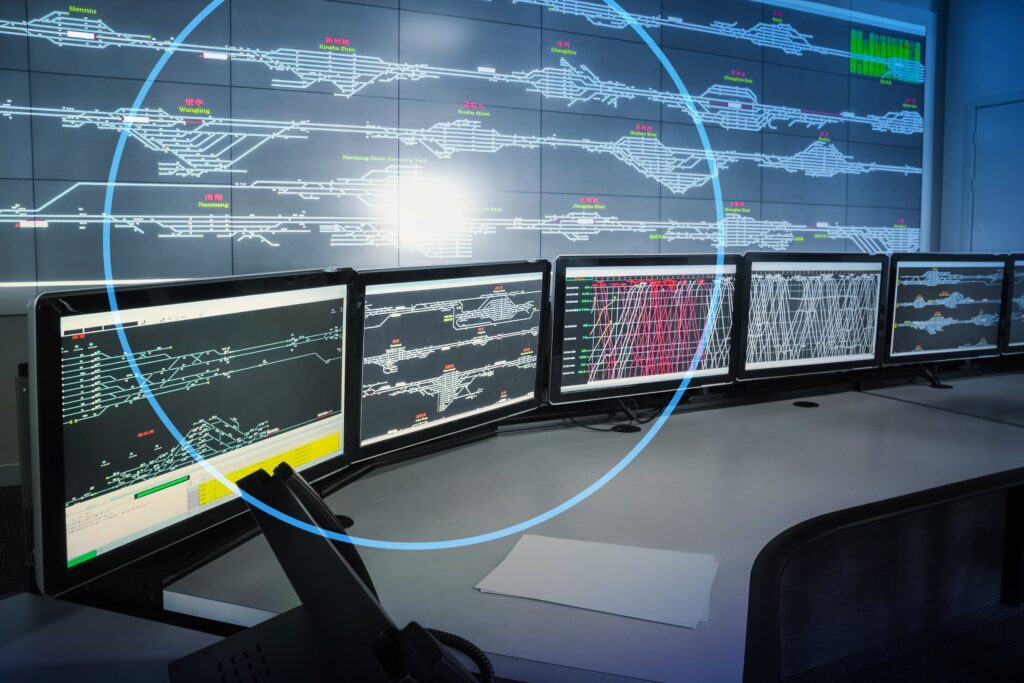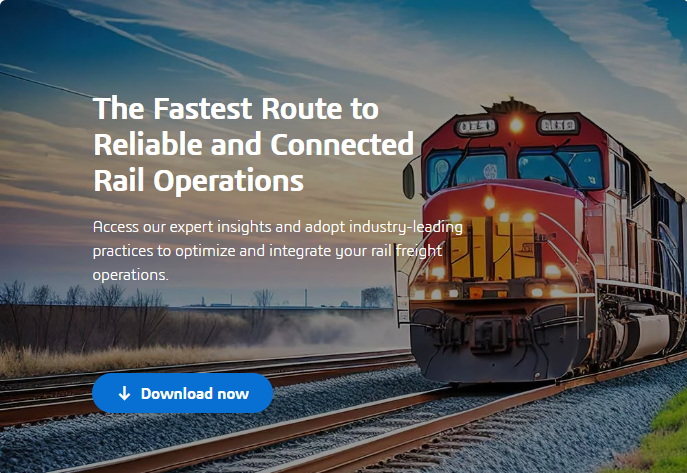Adopt industry-leading practices and learn from experts to better adjust and integrate your rail freight operations.
With a 200% increase in passenger and goods movement by 20501, the upcoming decade can be recognized as the “Rail Decade” and showcases rail’s distinct advantages in energy efficiency, inclusivity and resilience.
The rail industry, however, may encounter several challenges that could reshape established railway markets. These challenges include climate change and related pressing environmental mandates, geopolitical factors affecting day-to-day operations and regulations, demographic changes raising questions about future demands, and technological disruptions unlocking new possibilities.
Staying informed and proactive in responding to industry trends is crucial for the success of rail freight operations in today’s dynamic global landscape
– Lars Liebermann, Business Value Consultant Expert, Business Services Industry, Dassault Systèmes
Advanced digital solutions can help rail freight companies operate efficiently in changing landscapes
What Are the Keys To Streamlined Rail Freight Operations?
For decades, outdated technology and siloed processes have impacted rail companies and forced them to develop their own systems. This has led to significant customizations to align with and meet the specific requirements of rail operations. However, these outdated systems are difficult to maintain, which can strongly impede a company’s growth due to poor traceability and flexibility.
Isolated and reactive planning methods can no longer address the complex challenges mentioned above. This has resulted in freight train delays, global rail system inefficiencies and increased costs. Did you know that only 58% of freight trains are on time? Rail freight companies need to imagine, test and design new approaches to increase resource efficiency and enhance punctuality while increasing customer satisfaction.
This is where integrated planning solutions take center stage.

The Impact of Integrated Planning on Rail Freight Efficiency
Responding to dynamic market demands requires accurate real-time visibility and strong coordination between operators. Integrated planning can assist rail freight companies in aligning their resources. How? By achieving end-to-end integration for improved collaboration and agility across four key areas:
- Rail fleet planning
- Crew management software for rail
- Rail service and network management
- Terminal and yard station administration
Our interactive infographic depicts these areas in more detail.
Integrated planning solutions empower rail freight operators to gain a comprehensive view of their operations, encompassing all planning areas and time horizons. With virtual twin technologies, companies can unlock limitless possibilities by harmonizing fleet allocation, crew and service timetabling, network topology, terminal activity and yard occupation within a seamless and integrated planning framework. Rail operators can navigate industry changes better – and faster – within a single collaborative environment.

Unleash the Edge: How Integrated Planning Drives Success in Rail Freight Operations
There are many benefits of integrated planning solutions for rail operators, such as:
- Anticipating and adapting to unpredictable risks while improving coordination
- Incorporating real-time data to make informed decisions across the entire supply chain, for example, developing the best strategy to optimize resource utilization, reduce fuel consumption and minimize idle time for cost savings and lower carbon emissions
- Supporting regulatory compliance to avoid penalties and maintain a higher level of operational integrity
- Benefiting from synchronized operations between fleet, crew, services and yard and terminal planning
Transitioning from isolated and reactive planning to proactive and seamless integrated optimization of rail freight operations addresses various business drivers and emphasizes the integration of all planning horizons. This comprehensive approach enables rail operators to navigate uncertainty, leverage technology and achieve operational excellence across the supply chain.
An integrated strategy supports rail freight companies in meeting global freight transport demand, which is projected to double in 20502 with a compound annual growth rate (CAGR) of 4.7% and a value of US$315 million by 20303.
Read more articles about rail freight:
- Sustainability is the focus of global rail revitalization
- Unleashing the benefits of virtual twins in rail
- The rail renaissance: Embracing a sustainable future
References:
- 1 Source: “Rail 2040: Scenarios and CEO Agenda” by Arthur D. Little (August 2023)
- 2 Source: “The Future of Rail” by the International Energy Agency (January 2019)
- 3 Source: “Global Rail Freight Transportation Industry” by Report Linker (September 2023)

